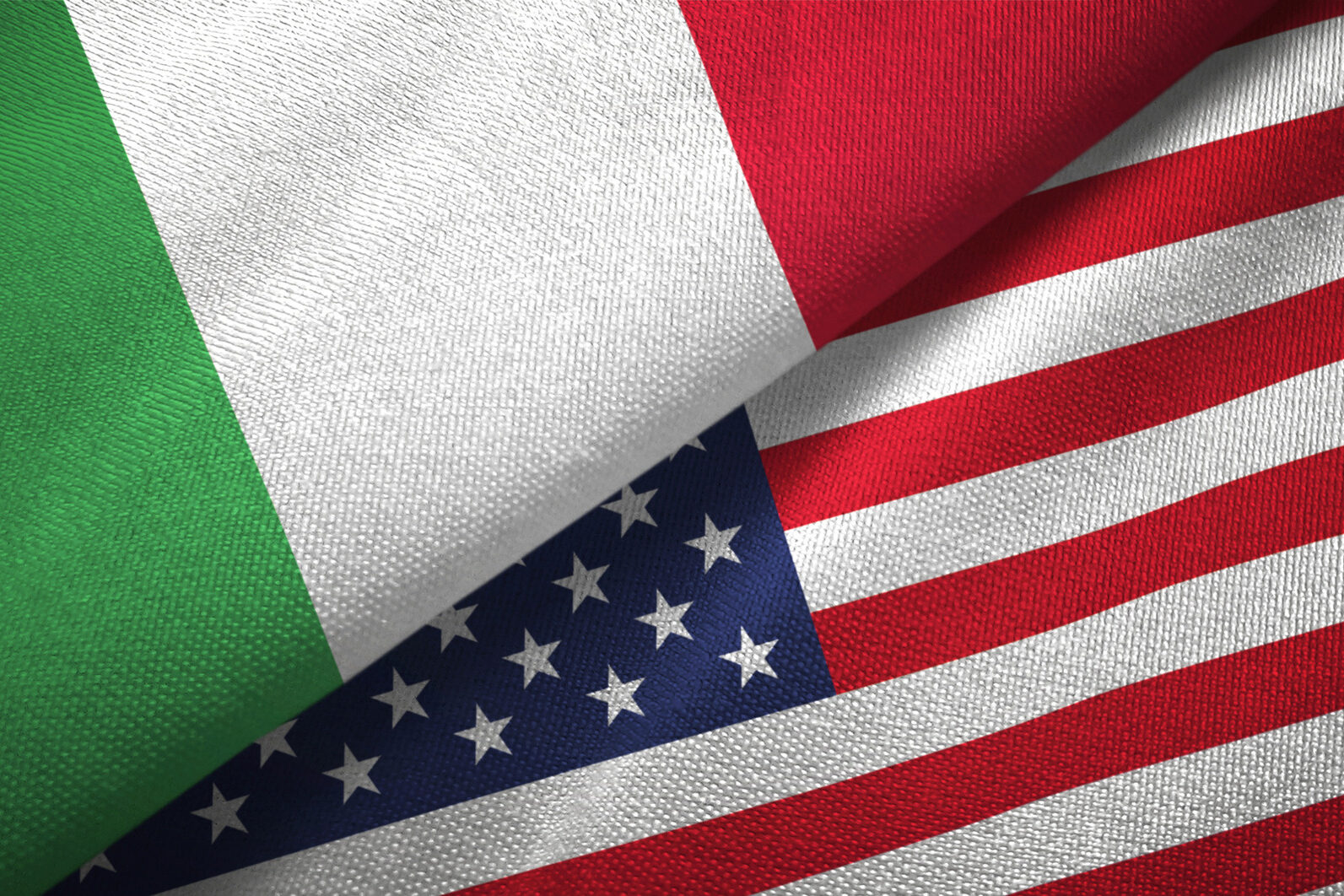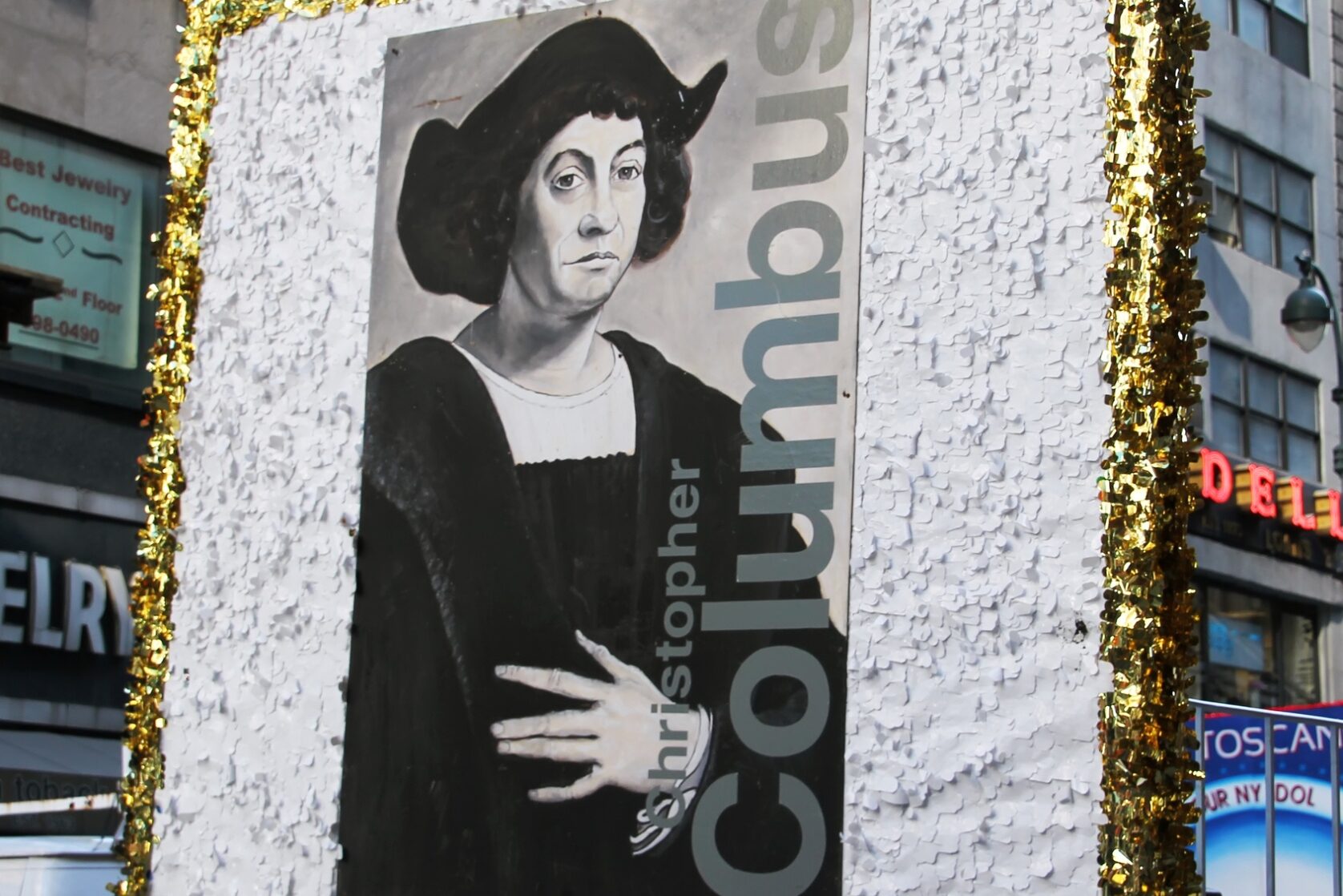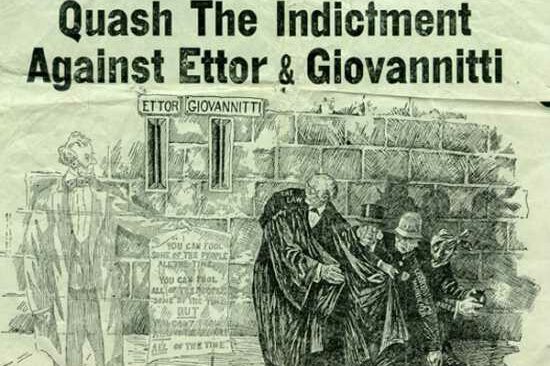Dear Readers,
A July assortment of Italian connections for you:
Mauro Battocchi, Consul General of Italy for North Western U.S.A., and recent guest speaker at the Italian American Heritage Foundation in San Jose, California, encouraged the audience to learn more about Italy today, along with its rich Heritage of the past. “Grazie” to I.A.H.F. Cultural Chair and “Flavors from a Calabrese Kitchen, California Style “ author Kenneth J. Borelli, I can share these insights into Italy today with you.
Ken states: “Sometimes as Italian Americans we are in a time warp, and when we visit current day Italy we may experience a type of culture shock via “current events”. It happened to me last year when I visited the small seaside town of Scalea in Calabria, close to my ancestorial village, Verbicaro, only to find a growing Russian community with property signs written in Russian, a few kilometers away visiting a friend from England who was part of an English community who had summer homes in the mountains. At one time this was a very isolated part of the country, no longer now!
As part of the global economy, Italy is in a major transition, not only in areas of cultural pluralism but also “being center stage” of a major conflict regarding “Immigration”. Partly due to geography and partly due to history, Italy is now part of the pathway for literally thousands of refugees and migrants from take off points in North Africa, via the Italian mainland and then dispersed throughout Western Europe with some of these refugees remaining in Italy. It has become a daily occurrence to read about people lost at sea attempting to reach the Italian mainland and on many occasions the President of Italy has asked for more Western European assistance to help these war and economic refugees. Pope Francis from Città del Vaticano, has also joined in, calling this mass migration of peoples one of the major issues confronting humanity today. These issues are also very complex and similar to many of the concerns we in the USA are also confronting.
As a reminder, Italy is geographically a large mass protruding into the Mediterranean and centered in the heart of a migration pattern that has been a part of Italian History since Roman Times.
From recent history, however, with Italian Unification, like other Western European countries, there was a march for colonies. This 90 year period saw Italian influence in North Africa, East Africa and even in Albania and parts of the old Yugoslavia expand and later decline. While formal colonial ties ended, many economic and social ties that were established still exist even today. It is also no coincident that many of the “hot spots” in the world today were former Italian colonies. The most glaring example, of course is Libya, followed by intense conflicts in Somali, Eritrea, Ethiopia and later with the fall of Communism, in Albania and the old Yugoslavia, all combining to add further complexities to this migration toward Italy.
Today, when you visit most of the large Italian cities, one of the first impressions will be the level of diversity of communities and it seems with every new crisis in the Middle East, the refugee and migratory problems increases, sadly with not too much of an ending in site. It almost feels like it’s a full circle observation, since so many Italians left Italy for many of the same reasons as others are leaving their countries of origin. And to make it more personal, I have the 1911 draft riot trial records in a book entitled “La Paura di Verbicaro”, or Fear of Verbicaro, by Felice Spingola. In the early 1900’s in the south of Italy, there were serious draft riots by village people, protesting the drafting of their youth to fight Libya. A review of the draft trials listed the names of those arrested. I recognized many family names of Verbicarese immigrants to primarily the San Francisco Bay Area. Now, I bet, that’s not a family tale of the “old country” much discussed and got lost on our understanding of why our families left their communities. Sadly, today’s immigrants, like our ancestors, have a lot in common, only the scenarios have changed and let’s hope even these tragedies will be a postscript in history soon! Also “what’s a new understanding of Italian life “today” has roots in many old stories too.
July Dates with an Italian Connection :
Carlo Lorenzini, whose pen name was Carlo Collodi, published the first chapter of his classic tale Pinocchio in July 1881. Lorenzini (1826-1890) was a journalist turned children’s author. Among his works for young people were an Italian translation of Perrault’s tales (c.1875) and a series of amusing instructional books, the first of which was titled Giannettino (1876). But Lorenzini’s most famous work was the history of the mischievous boy-puppet Pinocchio.
Lorenzini first introduced Pinocchio in an Italian children’s magazine, the Giornale per Bambini in July 1881. The serial was published in book form in 1883 and enjoyed immediate success, as did it’s English translation when it was published in 1892.
Most people don’t know Pinocchio was Italian and not the original work of Walt Disney, whose film popularized Pinocchio in the U.S.A. The film related Pinocchio’s most exciting and memorable adventures. With the help of a talking Cricket and a good Fairy, Pinocchio learned some of the more difficult lessons on childhood and eventually realized his dream of becoming a real live boy.
A television slur against Italian-Americans was protested in July 1980. A vigorous protest was registered by UNICO National to NBC over the use of derogatory words maligning Sicilians in a recent game show aired nationally by the network.
Fred Silverman, NBC’s president, received a blistering letter from Joseph J. Micciche, UNICO’s National president, requesting an immediate apology from the show’s producers Howard Felzer and Robert Sherman.
The game show, known as Pass-Word, asks contestants to identify the key work from certain clues. One contestant was given in succession the words “Gangster”, “Prostitute” and “Sicilian”. The purported answer was “Mafia”.
Filippo Mazzei was honored in 1980 by the United States Postal Service with a 40-cent stamp issued to commemorate the 250th anniversary of Mazzei’s birth.
Mazzei was a Florentine-born physician, political agent and pamphleteer, who came to Virginia in 1773. He saw that the colonies were not at that time interested in independence from England as he had hoped. However, he succeeded in winning over many young people to his point of view.
Jefferson credited his influence, using Mazzei’s words “All men are by nature equally free and independent” in the Declaration of Independence.
Mazzei’s last service to his adopted homeland was to return to Italy at Jefferson’s request to hire sculptors and stone masons to work on our new Federal Capitol in Washington.
Compulsory Military service was abolished by the Italian Government on July 1, 2005. This converted Italy’s armed forces to all-volunteer enlistment for the first time in the nations history.
The Andrea Doria, the Italian luxury liner sank after colliding with a Swedish passenger ship off the coast of Nantucket, Massachusetts late at night on July 25, 1956. At least 51 people were killed.































